The Invisible Borders road trip is almost over, after having traversed much of Nigeria, from Lagos to Benin to Aba to Maiduguri and Kano. Today, I talk with writer and photographer Eloghosa Osunde, one of the participants of the road trip.
***
It’s nice to talk to you today. Tell me a bit about yourself, particularly what hasn’t already been publicly documented.
I’m bad at talking about myself in this way. I’m a self-taught writer and photographer, with no “formal” training in either. My first degree is in Industrial Economics, and I’m almost equally as passionate about that. Also, random facts: I’m obsessed with sunsets and apple juice.
Where are you from? Your first name sounds Benin-ish, while your last name sounds Yorùbá-ish. Feel free to ignore the question if it doesn’t interest you. But this is one of my side curiosities.
The first question is always a little tricky. Both my parents are from Benin, but I’ve lived in Lagos all my life. People tend to think my last name is Yoruba. My first and last names are both Benin names, as far as I know.
How long have you known yourself as an artist? What brought out the awareness?
I’d been very careful to call myself an artist until last year. The title felt a little fraudulent because I could not say that I had earned it, or that I create work to be consumed by an audience. I started writing because I felt the need to, for my own self. It’s the same with photographs. But two years, in a writing workshop in Malaysia, I realized that that’s exactly what makes an artist. A person who faithfully creates artistic work is an artist. That was validated again last year when Chimamanda Adichie said “you are a writer now, already. Not when you put out your first book or when you win awards. You’re a writer. Now.”
Do you see yourself more as a writer or a photographer? Which one gives you the most pleasure, and why?
I’m a writer first. I recently found a book I put together in Primary 4, and it made me realize that I really have been at this for longer than I can even remember. Photography, to me, is another body in which the story takes form. That said, as my photography grows, it takes its own shape and decides its own story. The strength of both my writing and my photography is the presence of a story and my eye/how well I can see. So I wouldn’t ever want to have to choose. Because I am both. I’m both.
I’ve seen some of your photographs, and they’re quite compelling. What are you usually trying to achieve whenever you power up a camera?
I’m good at documenting excerpts of people’s lives. So that’s what I tend to focus on. I’m always looking out for little transient moments that are big enough to draw the viewer’s head in the direction of a story. So, in a way, I’m looking for a moment with a spine. A moment that when immortalized in a photograph can stand on its own forever.
What do you look for in a scene?
Relationship. Relationship between body and space. Relationship between strangers, passing each other, who will probably never meet again. Relationship between people who irritate each other. Relationship between lovers, between siblings. I want to catch a hand reaching out to another. I want to see two people standing next to each other, but stiff with tension, trying to avoid contact. I want to see the way the body changes form right before someone gives in to an act of aggression. I want to see somebody standing alone, by the roadside, surrounded by other passers-by, but still visibly alone. And poetry, I’m always looking for the poetry of a moment: of movement & stillness, of aloneness & of togetherness.
Who are your notable influences?
On photography? I don’t study photographers enough, sadly. If I were to mention a few, I’d say more recently, I’ve been following Eric Gyamfi, Nadine Ijewere, Amaal Said, and I’m very intrigued by TY Bello’s work process. But writers generally influence my photography more than photographers do—because as I said earlier, I’m restless for the same things in photographs as I am in words. I want to freeze poetry in a photograph the way, say, Arundhati Roy can trap it in a sentence.
I read a story of yours called “Shapes” selected by Chimamanda Adichie for her Literary Supplement. What inspired the writing and how did you feel to have been selected?
Every woman in that story is a woman I know personally, or a woman not too far out of my reach. The inspiration wasn’t the hard part. Writing it for the telling was.
As for being selected, it was doubly amazing because I had feared submitting my entry when she made the call. But after the deadline had passed, she emailed me to ask where my entry was. She had noticed that it wasn’t there. So I had to send something in, and I knew which one it was going to be. So I sent the work to my friend A, who graciously did the first edits. Chimamanda went over it, further edited the piece and it was done. It’s one of the greatest honors of my career so far.
I also read your account of your experience at the Farafina writing workshop. What would you say is the one notable thing you took away from the experience?
Any voice that says my dreams are not translatable to reality is a lie. I’m good enough. The only thing separating me from where I want to be is consistent work & discipline, not incapability.
And follow up to that, how do you think it has prepared you for this Invisible Borders trip, if it has.
It made me even more open to learning and making my work. There’s generally less time spent worrying about if or not I’m good enough. In my struggles with anxiety, I know firsthand that doubt not only cripples you, it also clogs your receptors. You’re not able to feel the pleasure of a given moment. But being able to manage that gives me the room I need to do my work and do it excellently.
What drew you to the Invisible Borders project?
Travel. Discovering new places while making work. The learning prospects of doing this with other artists.
What do you hope to achieve during this trip? What is your main focus?
Great, honest work with good continuity. Let me make work that keeps haunting me even after the van parks and the project ends. It’s important to me to work on a project that’ll continue after 46 days.
At the beginning, what did you look forward to the most about this trip, and what did you dread the most?
I looked forward to doing work for my project. And I dreaded general road wahala. But it’s turned out fine so far.
As the trip is already weeks old, what has been your most notable experience?
Going to my father’s village for the first time was one of the greatest highlights. My project deals with home and so, starting from my father’s home that I’d never been to before was a pivotal moment. There was also a family I photographed in Umuahia that still stays with me.
Thank you for talking to me.
Thank you, Kola.
*******
All images by Eloghosa Osunde via Instagram @theforgetterseye
About the Interviewer:
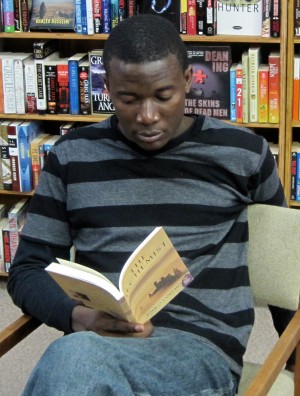 Kọ́lá Túbọ̀sún is the author of the chapbook Attempted Speech & Other Fatherhood Poems (Saraba, 2015). He works in Lagos as a linguist and can be found on twitter at @baroka, on his blog at KTravula.com, or at YorubaName.com where he’s curating a multimedia dictionary of Yorùbá names. In partnership with the Invisible Borders project, Tubosun is interviewing all the participants on the trip. Previous interviews can be found here and here.
Kọ́lá Túbọ̀sún is the author of the chapbook Attempted Speech & Other Fatherhood Poems (Saraba, 2015). He works in Lagos as a linguist and can be found on twitter at @baroka, on his blog at KTravula.com, or at YorubaName.com where he’s curating a multimedia dictionary of Yorùbá names. In partnership with the Invisible Borders project, Tubosun is interviewing all the participants on the trip. Previous interviews can be found here and here.


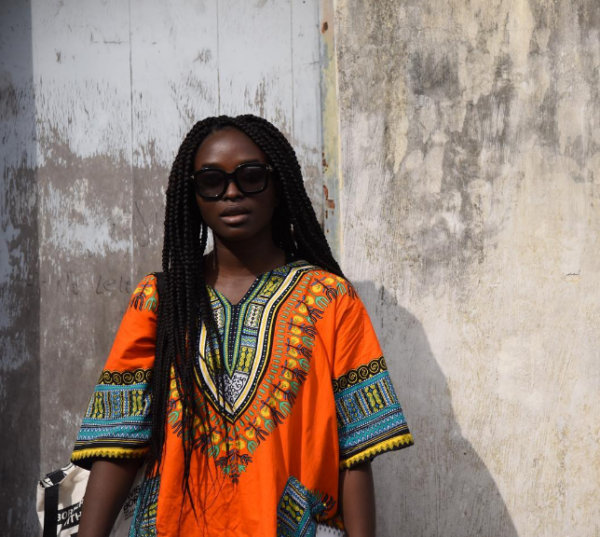
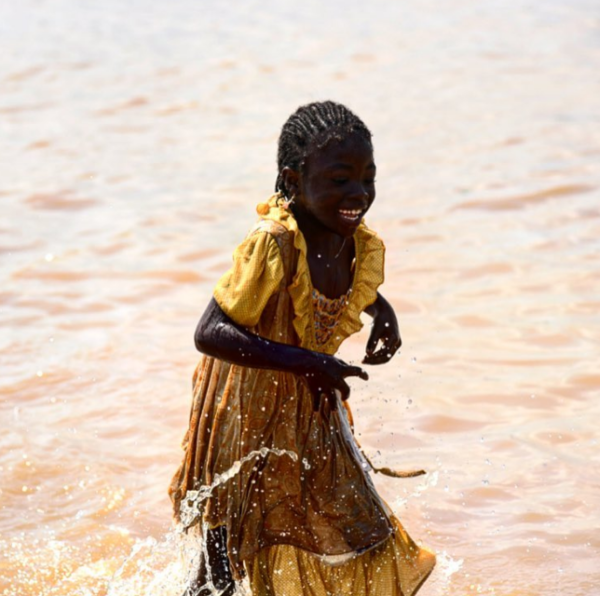
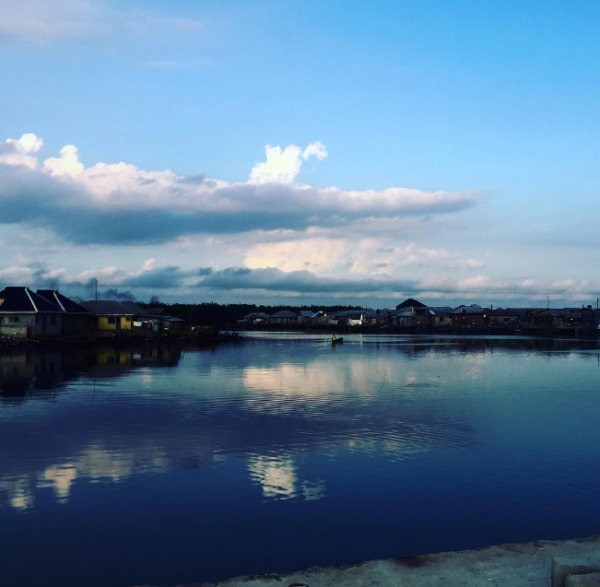
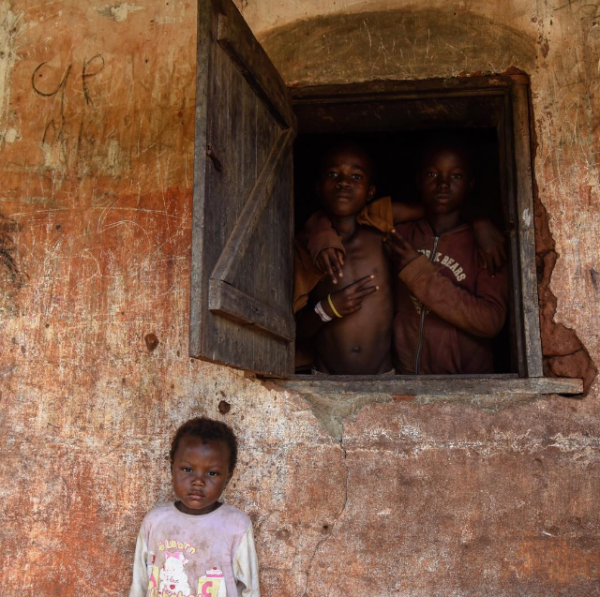
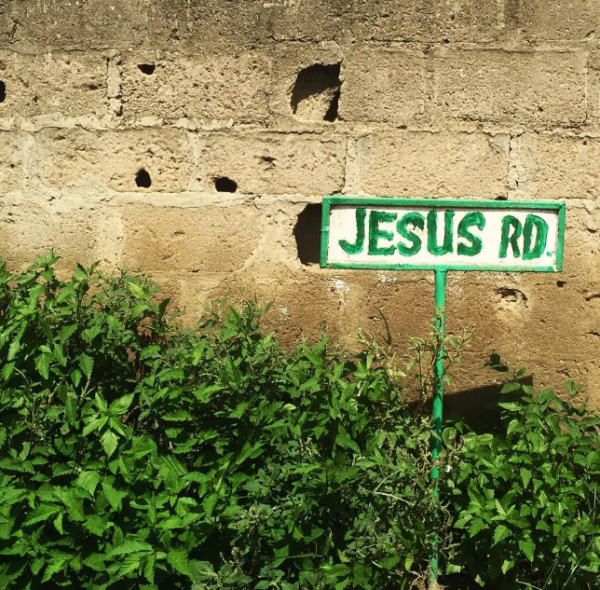
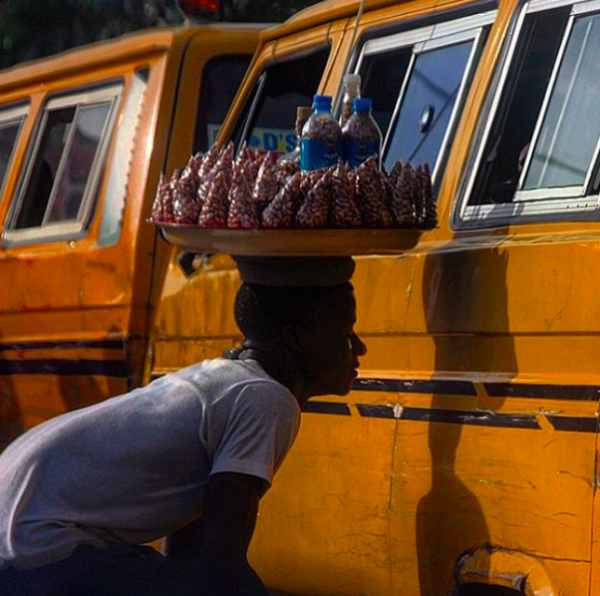

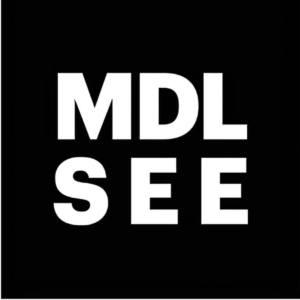
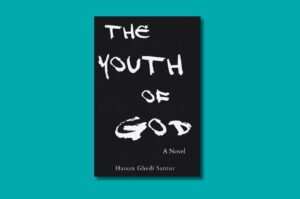
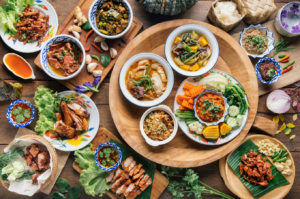
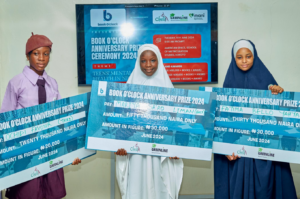
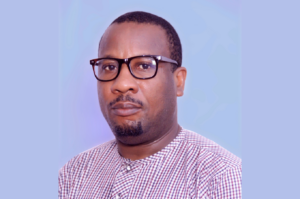

COMMENTS -
Reader Interactions